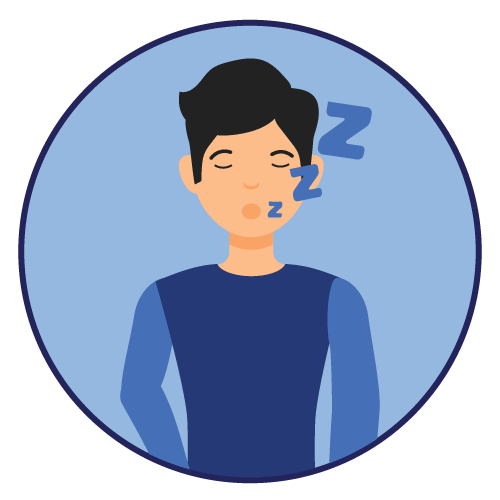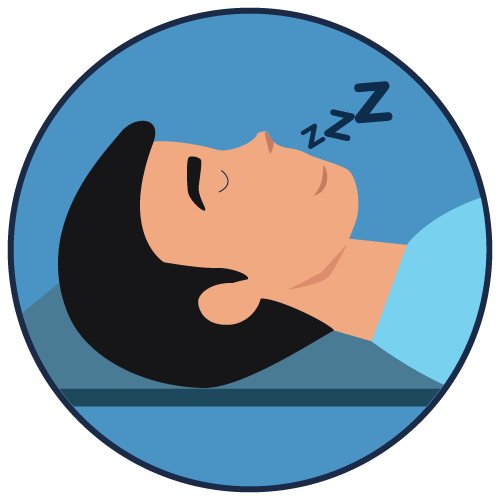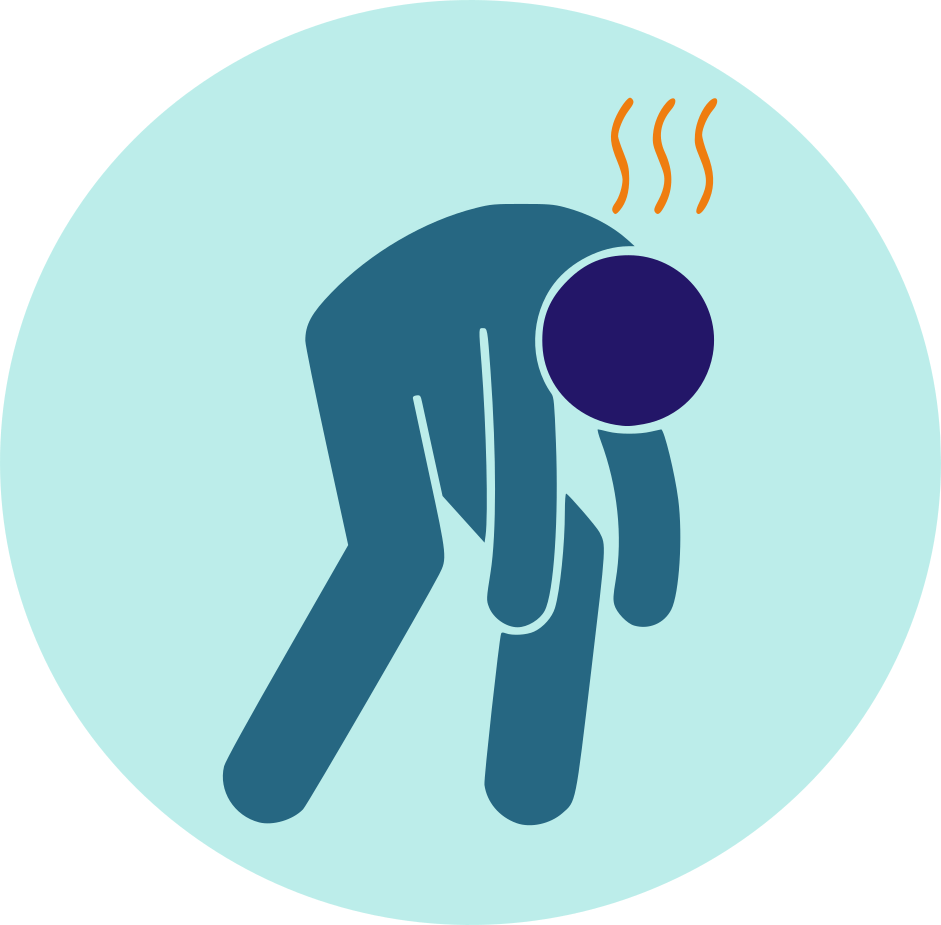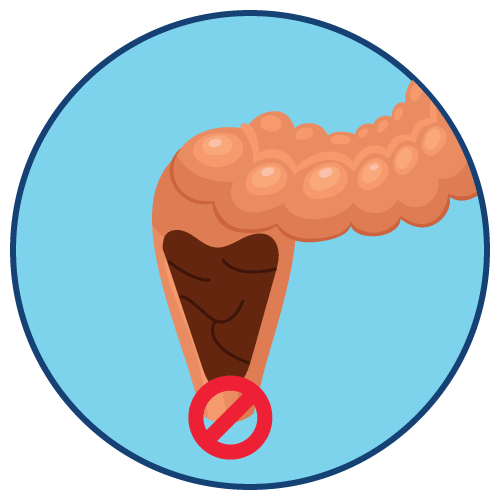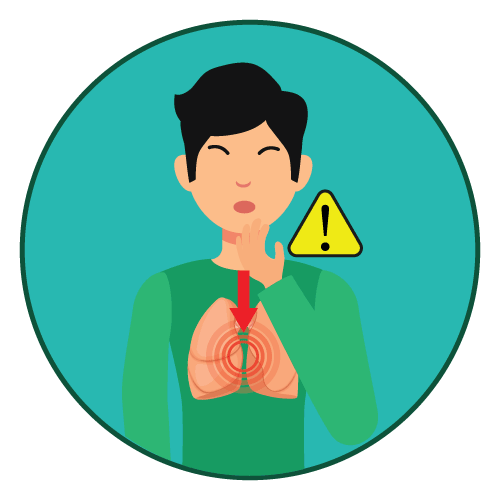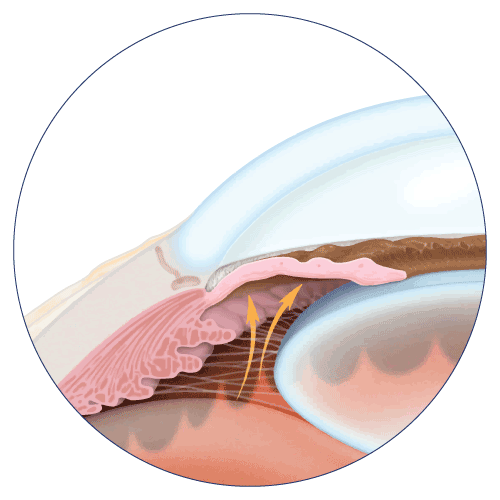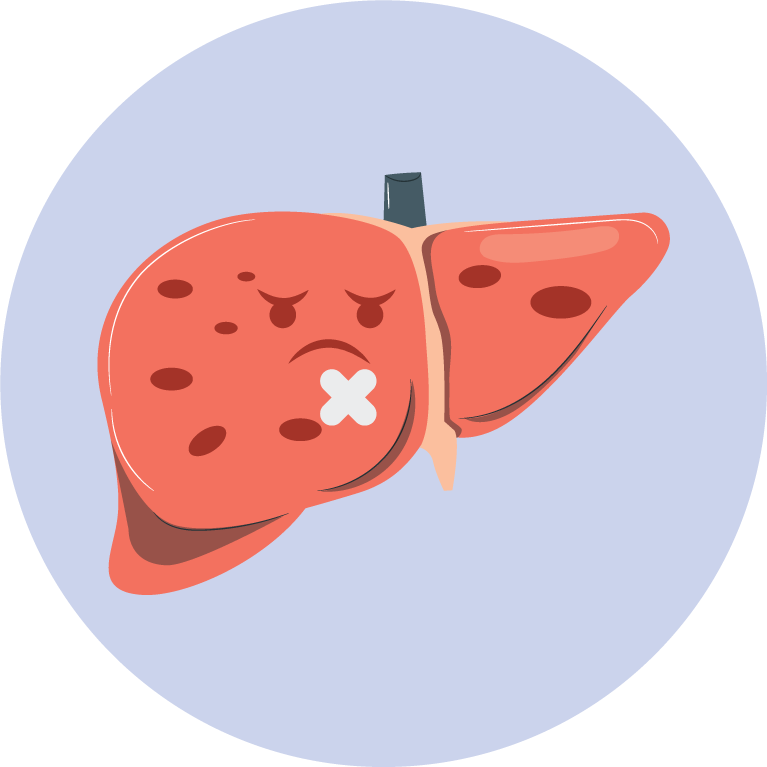| Name | Clobazam |
| Classes |
Central Nervous System Agent Psychotherapeutic Agent Anxiolytic Benzodiazepine Sedative and Hypnotic |
| Diseases |
Mental Disorder Seizure |
Clobazam
Clobazam belongs to the benzodiazepine class of drugs. Its mechanism of action involves enhancing the effects of gamma-aminobutyric acid (GABA), an inhibitory neurotransmitter in the central nervous system. By binding to specific GABA-A receptor sites, Clobazam potentiates the effects of GABA, leading to an increased influx of chloride ions, resulting in neuronal hyperpolarization. This overall inhibitory effect contributes to the drug's anxiolytic, anticonvulsant, and muscle relaxant properties.
Indications and Usage: Clobazam is indicated for the treatment of:
- Lennox-Gastaut Syndrome (LGS) in patients aged 2 years and older.
- Adjunctive treatment of seizures associated with Dravet Syndrome in patients aged 2 years and older.
- Anxiety disorders and other conditions where benzodiazepines are effective.
- For doses above 5 mg/day administer in two divided doses
- Patients ≤30 kg body weight: Initiate at 5 mg daily and titrate as tolerated up to 20 mg daily
- Patients >30 kg body weight: Initiate at 10 mg daily and titrate as tolerated up to 40 mg daily
Dosage adjustment needed in following groups:
- Geriatric patients
- Known CYP2C19 poor metabolizers
- Mild or moderate hepatic impairment; no information for severe hepatic impairment
- Reduce dose, or discontinue drug gradually
Tablets: Administer whole, broken in half along the score, or crush and mix in applesauce
Measure prescribed amount of oral suspension using provided adapter and dosing syringe
Tablets and Oral suspension: Can be taken with or without food
Adverse reactions associated with clobazam are-
- Somnolence
- Sedation
- Drooling
- Insomnia
- Fatigue
- Aggression
- Constipation
- Upper respiratory tract infection
- Cough
- Nasopharyngitis
- Risk of Serious Adverse Reactions: Clobazam carries a risk of serious adverse reactions, including sedation, respiratory depression, and withdrawal symptoms. Monitor patients closely for signs of these reactions.
- Suicidal Behavior and Ideation: Monitor patients for the emergence or worsening of depression, suicidal thoughts, or behavior. Balance the risk of these reactions with the clinical need for the drug.
- Central Nervous System Depression: Clobazam may cause significant central nervous system depression. Advise patients against engaging in hazardous activities requiring mental alertness.
- Hepatic Impairment: Use with caution in patients with hepatic impairment, as the metabolism of Clobazam may be impaired.
- Withdrawal Symptoms: Abrupt discontinuation may result in withdrawal symptoms. Taper the dosage gradually to minimize the risk of withdrawal.
Contraindication
Clobazam is contraindicated in individuals with Hypersensitivity to Clobazam or other benzodiazepines such as-
None known.
Clobazam is contraindicated in individuals with:
- Significant respiratory depression.
- Acute narrow-angle glaucoma.
- Severe hepatic impairment.
 Bangla
Bangla English
English